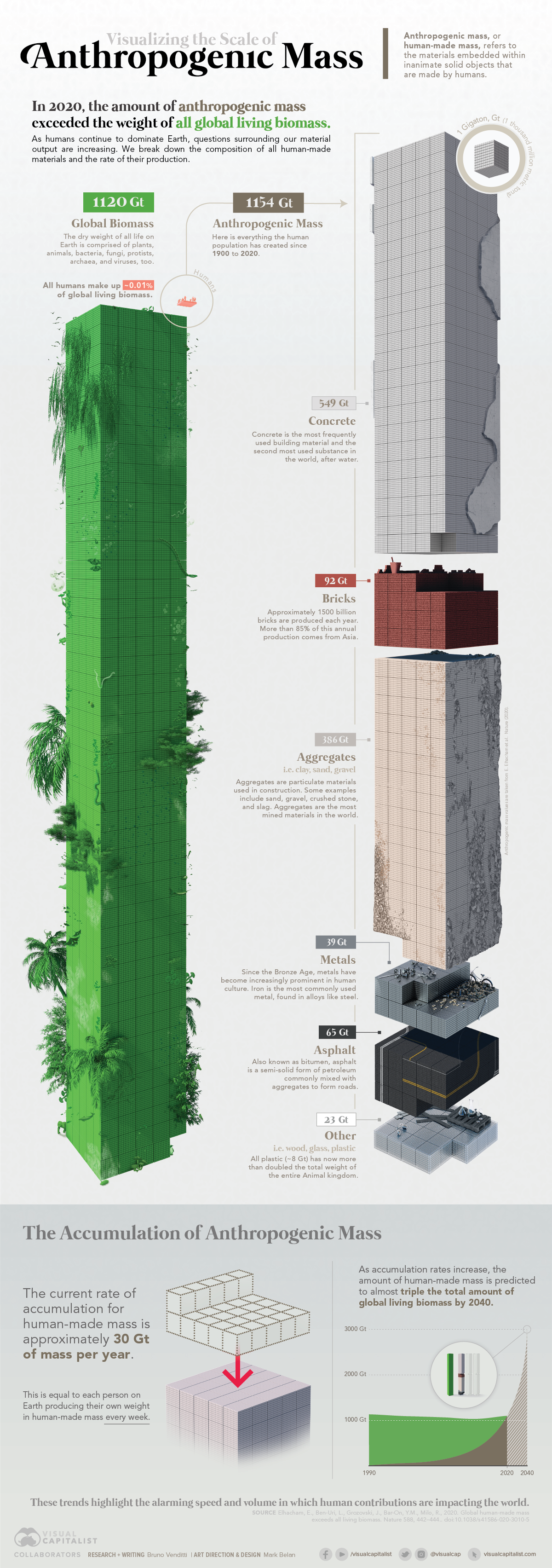foreignpolicy | To imagine that economics leads to political de-escalation would be, to say the least, historically naive. As U.S. history teaches, socioeconomic clashes can play out violently. The South fought a civil war in defense of slavery, a mode of production based on forced labor. Nor do producers, outrun by technology, necessarily surrender quietly to the force of technological logic. Think about the protracted rearguard actions mounted in defense of agrarian interests that distorts global food markets all the way to the present day. The most gothic visions see the United States plunged into something akin to a civil war between fossil fuels and anti-fossil fuel factions. That may be fanciful, but what is harder to deny is the United States, whether governed by Democrats or Republicans, has a lamentable track record of managing and mitigating the job losses and social dislocation that follows deep economic change.
In 2012, economist David Autor and his co-authors published a famous paper on what they called the “China syndrome.” They showed how China’s integration into the world economy and a surge of imports to the United States raised incomes overall but, at the same time, irreparably damaged many manufacturing communities across the United States. Ahead of COP26, Autor and his co-authors released an updated paper, which compared the China shock with the impact of coal’s rundown. Damage to local economies from the coal industry’s decline was even worse. If the China shock is widely blamed for unhinging the blue-collar coalition that once supported Democrats, the effect of the coal industry’s collapse was even more unambiguous: 2016 saw a heavy pro-Trump swing across America’s coal regions.
The answer from the Democratic Party’s left wing, after they won control of the House of Representatives in 2018, was the Green New Deal. It sought to address this challenge by combining gigantic investment in renewables with an alliance with organized labor and marginalized groups to create a “just transition.” It was a head-on effort to win the argument for an energy transition, not just as an opportunity for green growth but as a moment of social reconstruction as well. It was a grand vision adequate to the scale of the climate crisis. When Sen. Bernie Sanders folded his presidential bid in 2020, many of his key advisors were incorporated into Biden’s policy team—and with good reason. Given the dislocation an energy transition is likely to cause, the industrial revolution Kerry advocates would be political poison were it not backed by a Green New Deal vision.
But Biden was not carried to victory in 2020 on the back of enthusiasm for green policies. In Texas, there is reason to believe an anti-climate, pro-oil vote helped yield a better-than-expected result for Trump. On Capitol Hill, Biden’s infrastructure plans have been cut to ribbons by a Congress with a nominal Democratic majority. The outlook for the 2022 midterms is grim. Decarbonization may be a promising business proposition in some sectors, but it is not an issue that will help Democrats win the majority they would need to give comprehensive climate policy a robust political platform.
We are thus back at the impasse. The idea that economic logic by itself will deliver an unambiguous case for ambitious climate policy in the United States is naive. But so too is the idea that a Green New Deal-style program will carry a progressive Democratic Party to triumphant victory. The possibility of a deepening sociopolitical divide around the climate issue and inconsistent and incoherent policy cannot be denied. While individual eco-entrepreneurs like Musk may get rich, the fear must be that the United States never develops a coherent social response to the energy transition.





